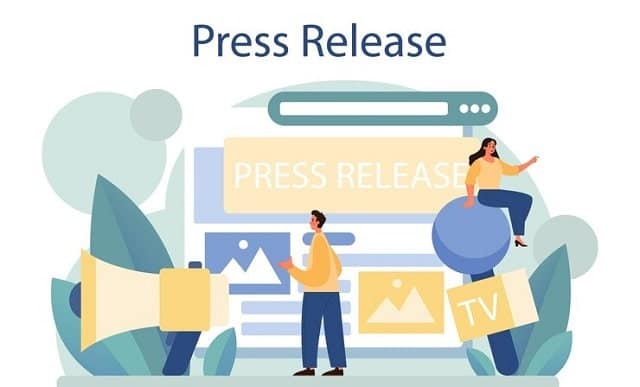A journalist is always associated with a media organization and is surrounded with press releases all the time. Sadly, these releases end up as discarded papers that are left unread at the bottom of the dustbin.
If you wish to make publishing press releases noticeable and eye-catching among the numerous other press releases that busy reporters come across, you have to design it rightly. Here are ten cardinal guidelines that should help your press release get noticed.
1. Do Plenty of Research
Before you start writing, understand the outlet and journalist you’re targeting. Personalization is key. According to Bethany Watson, digital PR lead at Evolved, tailoring your press release maximizes the chances of inclusion in an article.
Consider the publication’s style, tone, and subjects of interest. By aligning your messaging with what the journalist typically covers, you demonstrate that you’ve done your homework, which can foster long-term relationships.
2. Start with a Bang
This is a point more of which you need to be very careful and should not afford to make a mistake on is where and how you begin. David Wilson from Junction Communications provided specific insight and states that one must be very simple and to the point.
Just imagine that you would like to tell the news to your friend and at first you will mention the juiciest details. That is why, if people do not run their eyes over the first line of your press release, it is doubtful that they will read the rest of it.
3. Write in the Same Style
Every publication has its own voice. Evie Porter from Ginger Comms suggests mirroring the style of the outlet you’re pitching to.
A well-structured release that fits the outlet’s editorial style can significantly reduce the journalist’s workload, making it easier for them to use your content with minimal editing.
4. Make Their Life Easy
Include all necessary information in your press release. Kerry Ganly from Penguin PR advises double-checking facts, dates, and other details.
Adding a high-resolution image can also be beneficial. Providing clear contact information ensures that journalists can easily reach out for additional queries post-publication.
5. Tell a Good Story
Hayley Knight from BE YELLOW highlights the importance of including a narrative element in your press release. Providing context and relevance can make your story more appealing.
Address the “why” alongside the “what,” “where,” and “when.” This not only piques interest but also allows journalists to see the broader implications of your news.
6. Use AI… Wisely
AI tools can be helpful for brainstorming headlines or generating ideas. Sue Cade, a PR specialist, uses AI to find inspiration rather than relying on it for the final product. Just remember to maintain a human touch—AI should assist, not replace your creative process.
7. Rewrite, Rewrite, Rewrite
Crafting a compelling press release is an iterative process. Eddie Hammerman from The 10 Group reminds us that first drafts are rarely perfect. Utilize tools like AI for research and refinement, but always ensure that the final product is polished and reflects your brand’s voice.
8. Keep It Short
Long-winded press releases can deter readers. Kyle Grizzell from BlueSky Education advises focusing on the most pertinent information. Make sure your content is engaging and concise to encourage journalists to dig deeper.
9. Choose Another Route
Not every story needs a press release. Lottie West from Fox Agency suggests critically assessing whether a press release is the best approach for your news.
Sometimes, social media or content marketing can be more effective channels for sharing your story. Always consider the “so what?” question; if you can’t answer it, a press release might not be the right fit.
10. Follow Up, But Don’t Pester
It is always appropriate to follow up after your press release has been dispersed out to the media. Since it constantly reminds your reader about your updates without appearing obtrusive, it helps to keep your story in the context of their feed.
However, the best practice when the journalist misses your deadlines is to avoid superiority and be persistent but respecting his or her time as well as space; a follow-up call can be a kind way of reminding the journalist of your story.
Conclusion
One must say that press release writing is an art, which is at the same time creative and calculated. Applying the above said ten tips, you can certainly increase the visibility for your publishing press release thus increasing the probability for journalists to take note of it.
Keep in mind at all times you are not only promoting a news release but a story that you believe will capture the interest of the media and more of their readers/audience.
Read More:
Top Press Release Distribution Companies
Free Press Release Submission Sites List











Comments